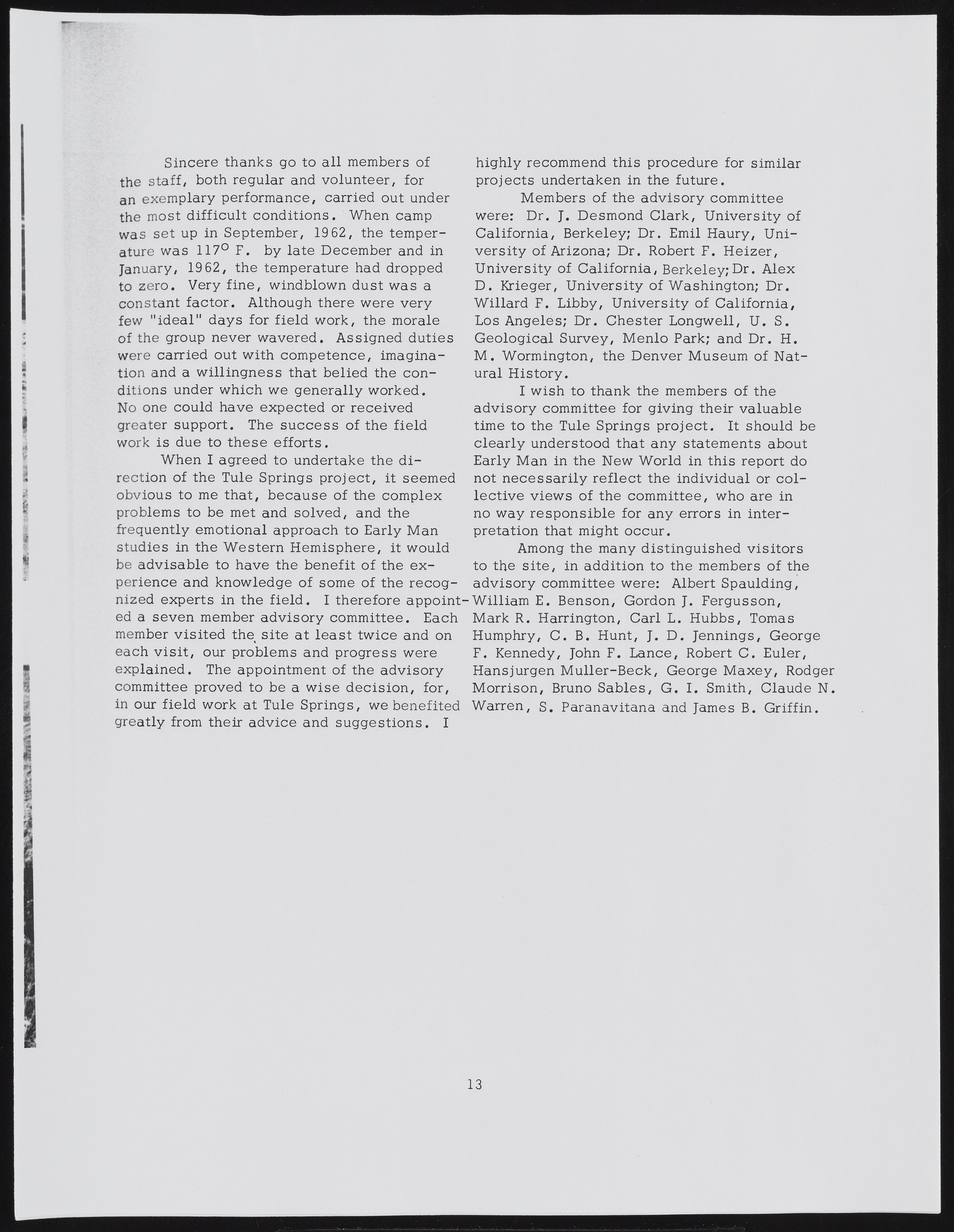Copyright & Fair-use Agreement
UNLV Special Collections provides copies of materials to facilitate private study, scholarship, or research. Material not in the public domain may be used according to fair use of copyrighted materials as defined by copyright law. Please cite us.
Please note that UNLV may not own the copyright to these materials and cannot provide permission to publish or distribute materials when UNLV is not the copyright holder. The user is solely responsible for determining the copyright status of materials and obtaining permission to use material from the copyright holder and for determining whether any permissions relating to any other rights are necessary for the intended use, and for obtaining all required permissions beyond that allowed by fair use.
Read more about our reproduction and use policy.
I agree.Information
Digital ID
Permalink
Details
More Info
Rights
Digital Provenance
Publisher
Transcription
g 11 1 St Ji m m0 m Sincere thanks go to all members of the staff, both regular and volunteer, for an exemplary performance, carried out under the most d ifficu lt conditions. When camp was set up in September, 19 62, the temperature was 117° F. by late December and in January, 19 62, the temperature had dropped to zero. Very fin e, windblown dust was a constant factor. Although there were very few "id ea l" days for field work, the morale of the group never wavered. Assigned duties were carried out with competence, imagination and a w illingness that belied the conditions under which we generally worked. No one could have expected or received greater support. The success of the field work is due to these efforts. When I agreed to undertake the d irection of the Tule Springs project, it seemed obvious to me that, because of the complex problems to be met and solved, and the frequently emotional approach to Early Man studies in the W estern Hemisphere, it would be advisable to have the benefit o f the ex perience and knowledge of some of the recognized experts in the fie ld . I therefore appointed a seven member advisory committee. Each member visited the site at least tw ice and on % each v is it, our problems and progress were explained. The appointment of the advisory committee proved to be a w ise decision, for, in our field work at Tule Springs, we benefited greatly from their advice and suggestions. I highly recommend this procedure for similar projects undertaken in the future. Members of the advisory committee were: Dr. J. Desmond Clark, University of California, Berkeley; Dr. Emil Haury, University of Arizona; Dr. Robert F. H eizer, U niversity of California, Berkeley;Dr. A lex D. Krieger, U niversity of Washington; Dr. W illard F. Libby, U niversity of California, Los Angeles; Dr. Chester Longwell, U. S. G eological Survey, Menlo Park; and Dr. H. M . Wormington, the Denver Museum of N atural History. I wish to thank the members of the advisory committee for giving their valuable time to the Tule Springs project. It should be clearly understood that any statements about Early Man in the New World in this report do not necessarily reflect the individual or c o llective view s of the committee, who are in no way responsible for any errors in interpretation that might occur. Among the many distinguished visitors to the site, in addition to the members of the advisory committee were: Albert Spaulding, W illiam E. Benson, Gordon J. Fergusson, Mark R. Harrington, Carl L. Hubbs, Tomas Humphry, C. B. Hunt, J. D. Jennings, George F. Kennedy, John F. Lance, Robert C. Euler, Hansjurgen M uller-Beck, George M axey, Rodger Morrison, Bruno Sables, G. I. Smith, Claude N . Warren, S. Paranavitana and James B. G riffin. M m 13

